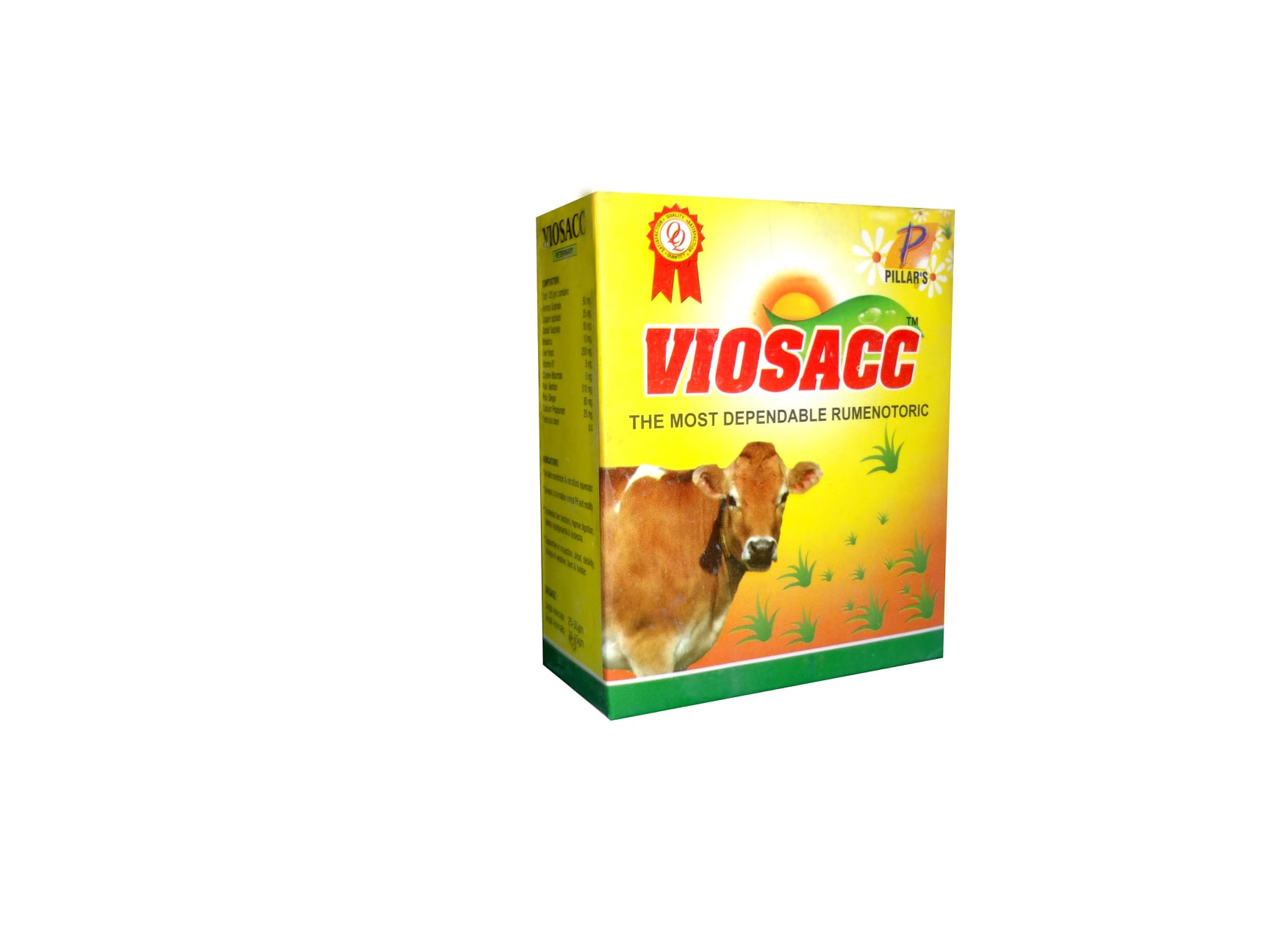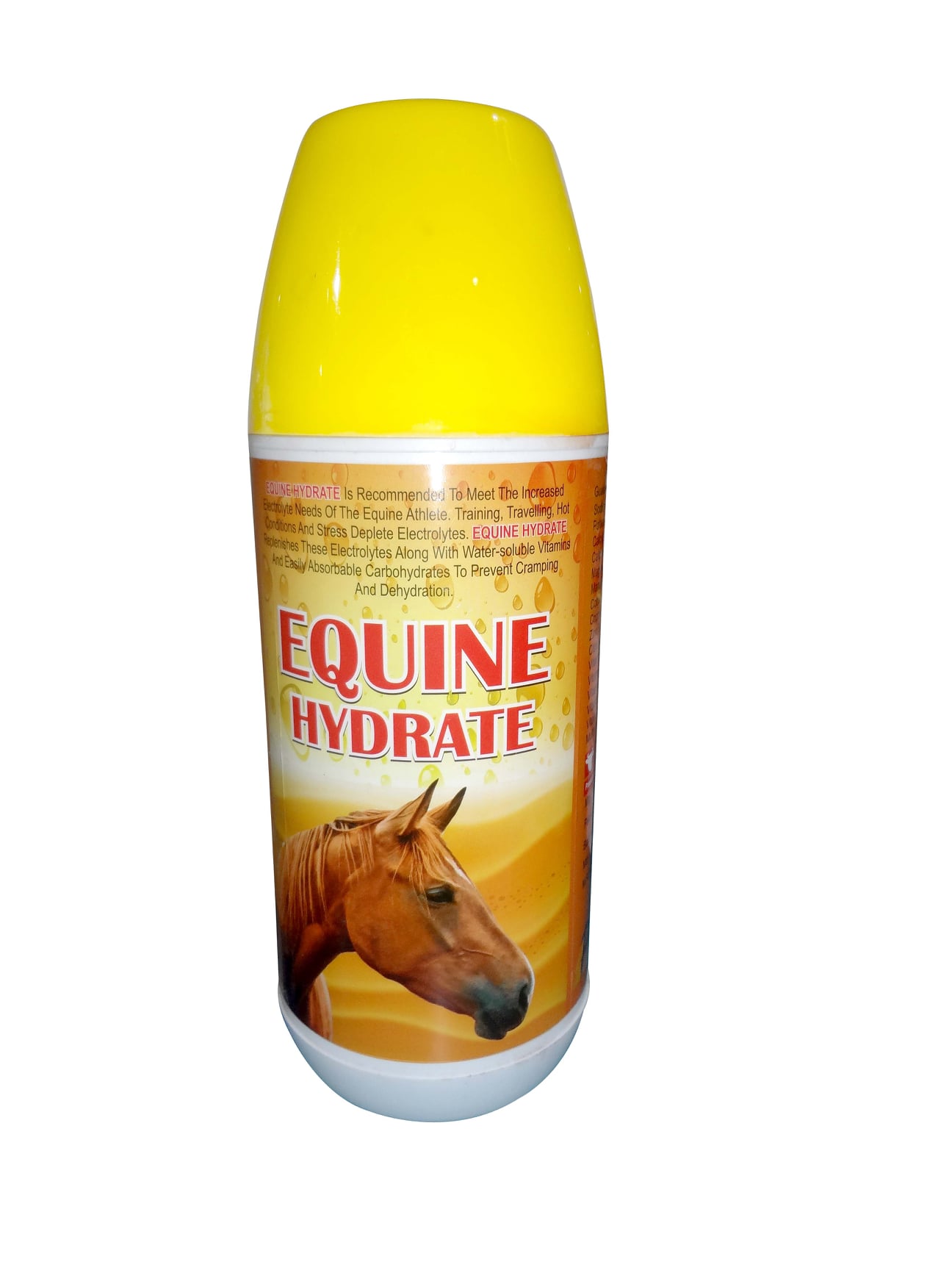ਘੋੜੇਆਂ ਚ ਅੰਤੜੀ ਦੇ ਛਾਲੇ , ਮੋਕ ਤੇ ਲਿਸਾਪਨ
REASONS AND REMEDY (ਕਾਰ੍ਣ ਤੇ ਹੱਲ) : The gelding that kicks the stall wall and acts aggressively toward his neighbors at feeding time. The show horse that’s increasingly more reluctant to perform under saddle. The angsty mare that’s always swishing her tail and grinding her teeth. Many owners observe these quirks in their horses and chalk them up to behavioral issues. But is it truly bad behavior or is it a sign of discomfort? As you’re about to find out, equine gastric ulcer syndrome (EGUS) might be to blame. Stomach Anatomy Basics
The horse’s stomach has two regions: a non glandular (squamous mucosa) portion comprising the upper third, and a glandular lower portion. The squamous non glandular region doesn’t feature the thick, protective mucus and bicarbonate (a pH buffer) layer that the glandular region does, leaving it vulnerable to ulceration from gastric acid. When the horse has an empty stomach or acid in the stomach due to stress, that acid may splash onto the non glandular mucosa, especially when exercising, that the hydrochloric acid the cells in the glandular mucosa produce might damage it.While the stomach’s glandular region enjoys protective mechanisms such as prostaglandins that maintain mucus and blood flow, it’s not immune to ulcer issues, “The glandular mucosa is less susceptible to acid damage, but it is susceptible to stress, dehydration, and dietary issues”.Those dietary issues include high-sugar diets, such as large amounts of sweet feed, which, when fermented by the stomach’s natural bacterial flora ( micro biota ), create short-chain fatty acids that can eat away at the stomach lining. Other factors can also contribute to glandular ulcers, such as non-steroidal anti-inflammatory drug (NSAID) use, which researchers have recently determined can have some deleterious effects on the glandular stomach. Signs to Watch ForWhen horses exhibit attitude or performance changes, they often have gastric ulcers as a primary or a secondary problem.“In my experience, at least 60-70% of horses that have gastric ulcers show some sort of behavior suggesting discomfort around the time of feeding or whenever they have not had something to eat for a few hours ,The signs a horse might show are highly variable between individuals and might even be different within an individual over time.” These might include:Looking back at or nosing the abdomen behind the shoulder, on both sides of the body. The coat might be ruffled where the horse nuzzles repeatedly;Acting anxious or restless in combination with clusters of behaviors suggesting physical discomfort (weight-shifting, rotational head shaking, kicking up at the abdomen, tail-swishing or -slapping, lip-licking, tongue extension, and chewing motion when not eating);Food-aggressive behaviors around feeding time, such as rushing to the feed bucket, pawing, threatening neighbors, and kicking the wall;Reluctance to perform;General grumpiness with herd mates and/or caretakers;Rough hair coat;Weight loss and poor body condition;Girthiness;Mild colic episodes;Intermittent eating patterns (leaving feed for a time and then returning);Teeth-grinding;Lack of energy;Decreased water intake;Stretching out as if needing to urinate;Lying down more than normal; and“Just not looking or acting right.”What we see are vague clinical signs, so we spend a lot of time talking with the owners, the trainers, and the people that handle the horse to see if they notice any of these things.When comparing gastroscopy findings (those seen when the veterinarian views the horse’s stomach through an endoscope passed through his nostril and down the esophagus), some horses with minor ulceration might show dramatic behavioral changes, while horses with more extreme ulceration might exhibit only mild symptoms. “The message should be that individuals may have a varying response,Arriving at a Diagnosis“We know that if we are going to try to figure out the reason for a behavior change, we don’t want (the horse) to have ulcers on board at the time, A wise first step is to have gastroscopy performed to establish from the beginning if the horse does or does not have gastric ulcers. For those with ulcers, the usual recommendation is to treat and then confirm healing with follow-up gastroscopy. If behavior problems remain, you can then work on figuring out what else might be bothering the horse.”While the only definitive method of diagnosis is gastroscopy, owners and veterinarians can, in his opinion, consider treatment first. “We obviously like to have a diagnosis, but I don’t think it’s wrong for a practitioner to give a seven-day trial treatment to again draw an analogy to human medicine, “People experiencing dyspepsia (indigestion) don’t typically get scoped on the first visit.If the behavioral signs resolve with treatment, then you have your ulcer diagnosis, as medicine does not affect any other behavior-altering diseases, he says.Recently introduced tests that measure blood in the manure to diagnose EGUS have not been fully validated yet in horses.“
The human card test, ‘guaiac test,’ was evaluated and found to be helpful when positive, but when negative, many of those horses had ulcers also,The test was developed for people as a colon cancer screening test, but it’s less reliable in horses as a diagnostic test for stomach ulcers,” because blood in manure could come from anywhere in the GI tract.Some horses with ulcers might have mild anemia, who suggests owners have blood drawn during horses’ annual checkups to establish a blood work baseline. “While levels may be within the normal range, if you follow the horse throughout the years, you may see the red blood cell count decrease, which could signal the horse is having an issue with ulcers.”Treatment PlansOmeprazole and the lower-dose product are currently the only FDA-approved drugs for treating and preventing stomach ulcers in horses. While products contain the same active ingredient, is designated for gastric ulcer prevention and for treatment and prevention of recurrence.Good Horse keepingCertain management tactics can help ward off gastric ulcers and their accompanying negative behaviors.“I don’t think horses should go more than about an hour without access to some sort of roughage, which appears to be quite protective against ulcers, When horses are without hay, they begin to rummage around and may lick walls and chew on wood.”Horses evolved as trickle feeders, meaning they are meant to graze or browse almost continuously, punctuated with short 30-minute rest breaks.After treatment owners try to mitigate ulcers by changing management strategies. “We recommend no more than 5 pounds (twice a day) of sweet feed , Owners might feed more grain if it’s a low-sugar (low-starch) grain. Studies show adding corn oil (4 to 8 ounces, twice daily) to the diet helps increase mucous production and might increase blood flow by increasing protective prostaglandins (lipid compounds that behave like hormones) in the glandular portion of the stomach. In addition, corn oil supplementation will add energy to the horses’ diet and produce a shiny hair coat.He offers a few other general management strategies:Take advantage of pasture turnout;Minimize stress;Get the horse out of the stall and into a social group On the RoadTraveling, competing, and life on the road present their own set of challenges. taking a proactive approach to maintain stomach health in the face of travel stress.Bringing hay from home or having hay shipped in for a consistent diet;Considering feeding alfalfa, which increases stomach pH and neutralizes stomach acid, offering buffering effects;Encouraging water consumption by acclimating the horse to flavored water at home or offering one bucket of fresh water and one bucket with flavored gelatin added. Find a flavor the horse likes, so he will turn to the familiar taste of flavored water and drink more on the road, maintaining hydration and reducing stress;Administering preventive equine hydrate when shipping.“equine hydrate supplement added to the grain prevented ulcers from becoming more severe compared to the horses fed the regular grain ,This product might be helpful for horses in stressful situations and periods at risk for gastric ulcers, especially during travel.”The Whole Horse
When addressing ulcer issues, the more natural environment the horse lives in, the less stress he’ll experience as a whole. “We often see horses return to the clinic with a relapse of ulcers. You do need to address the horse’s environment if you expect them to remain ulcer-free for long, You have to look at the entire program, not just nutrition. Unfortunately, stressors of all types appear to contribute to ulcers, and ulcer discomfort itself is stressful, so there may be a downward spiral.”While some horses are simply predisposed to ulcers, if you manage diet and stress, you can help minimize your horse’s possibility of getting them. And that makes for a happier horse and a happier you.FOR MORE DETAILS CONTACT 9815024214 OR SEND YOUR ENQUIRY AT info@pillarshealth.com





